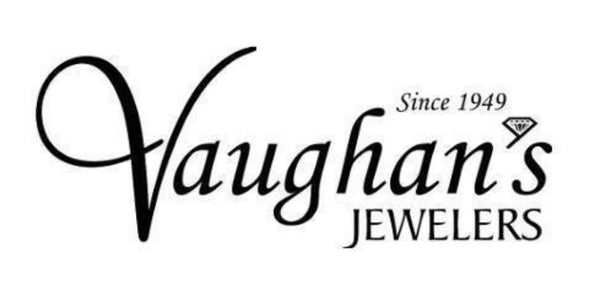5 C’s of Diamonds
CARAT: A diamond’s weight is measured in what is known as a “carat”, which is a small unit of measurement equal to 200 mgs. Carat is not a measure of a diamond’s size, but instead is a measure of a diamond’s weight. One carat can also be divided in 100 points.
A .75 carat diamond is the equivalent to 75 points or 3/4 carat diamond. Larger diamonds are more valuable because they are less commonly found in nature. Therefore, the value of a 1 carat diamond will be more than twice that of a 1/2 carat diamond, assuming other qualities are similar.
The most significant thing to recall when considering a diamond’s carat weight is that it is not the only factor that influences a diamond’s value.
CLARITY: A diamond’s clarity refers to the presence of inclusions in a diamond. Inclusions are natural distinguishing characteristics such as minerals or fractures, that are created when diamonds are being formed. They may appear as tiny crystals, clouds or feathers. Inclusions are commonly viewed at 10x magnification.
The position of inclusions can greatly affect the value of a diamond. Some inclusions can be hidden by a mounting, thus having little effect on the beauty of a diamond. An inclusion in the middle or top of a diamond could affect the dispersion of light, causing the diamond to be less brilliant. Inclusions are ranked on a scale of perfection called the clarity scale. The scale ranges from F (Flawless) to I (Imperfect) and is based on the visibility of inclusions at 10X magnification.
COLOR : The color of a diamond refers to the degree to which a diamond is colorless. The farther from colorless that a diamond’s grade is, the more common and therefore less valuable it is. The Gemological Institute of America (GIA) grade diamonds on a scale they established, which ranges from D (Colorless) to Z Icy winter whites (D-I) look sensational in white gold or platinum. Warmer colored diamonds (J-Z) are more suitably set in yellow gold. Color differences can be very subtle and grading is done under controlled lighting and compared against a “master” for accuracy. This color chart is an illustration of the color grades of a diamond.
CUT: The diamond’s cut refers to the angles and proportions of a diamond. The cut of a diamond pertains to the exact proportions, quality of polish and the arrangement of a diamond’s facets. While nature regulates a diamond’s clarity, carat weight and color, the skills of a master craftsman is essential to bring out the diamonds’ fire and sparkle.
A diamond has facets that let light come in it, become refracted, and go out in a rainbow of colors. As shown below, when a diamond is cut to ideal proportions, is cautiously polished and has exact symmetry, light will then reflect from one facet to another and disperse through the top of the stone, leaving a display of brilliance and fire. Diamonds that are cut too deep or too shallow, reduce or leak light through the side or bottom, resulting in less brilliance, fire, sparkle and value. The cut can impact the value of a diamond by as much as 35%!
In addition to the traditional 4 C’s of diamonds, we like to include an additional “C”…Confidence!
CONFIDENCE: Being familiar with jewelry store lingo does not ensure that you will get a quality stone at a reasonable price. When you make such an investment, you should make an informed decision and purchase from a jewelry store you trust. Come to Vaughan’s Jewelers in Wilson, NC and allow our Graduate Gemologist to answer your diamond jewelry questions. We’re here to assist you and earn your business for decades to come.
